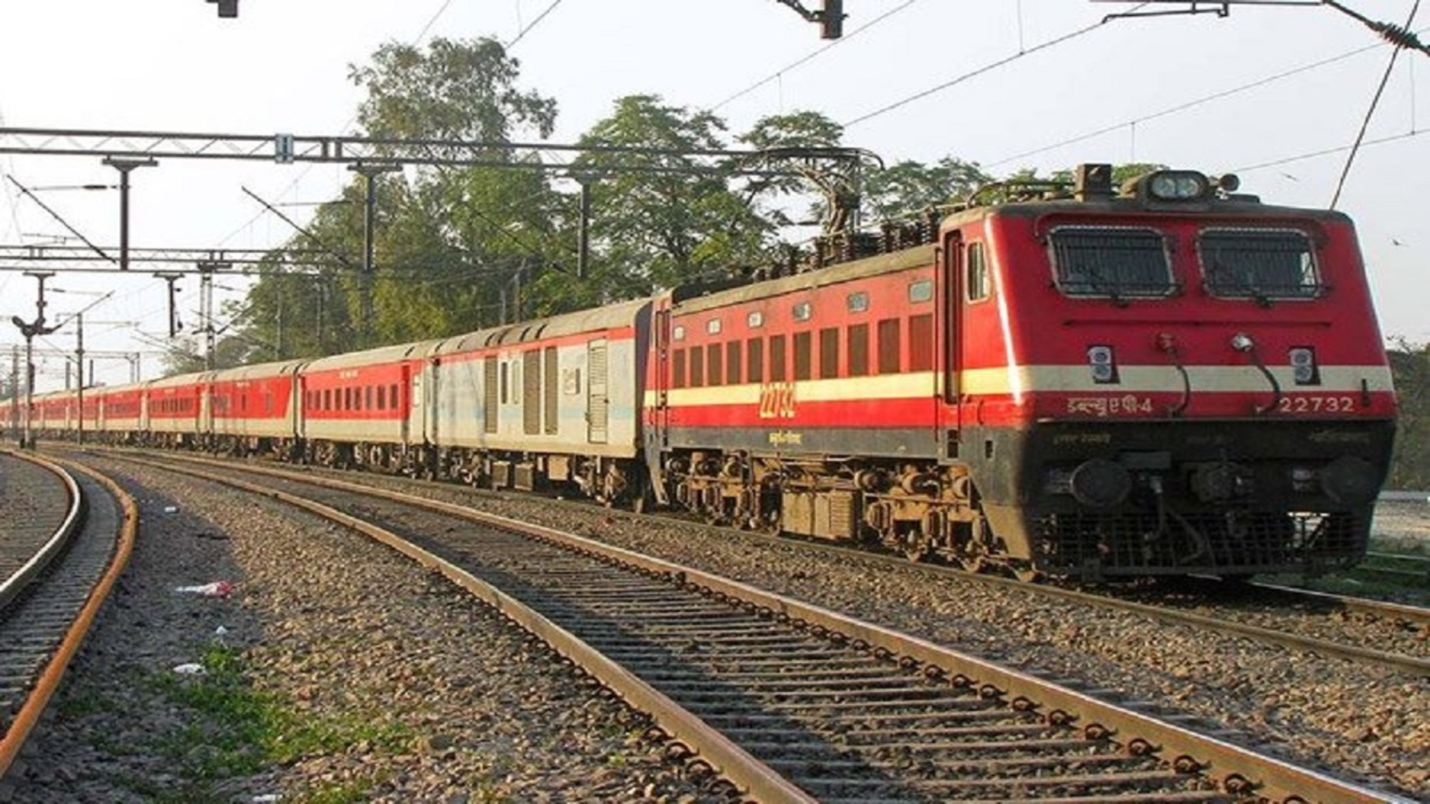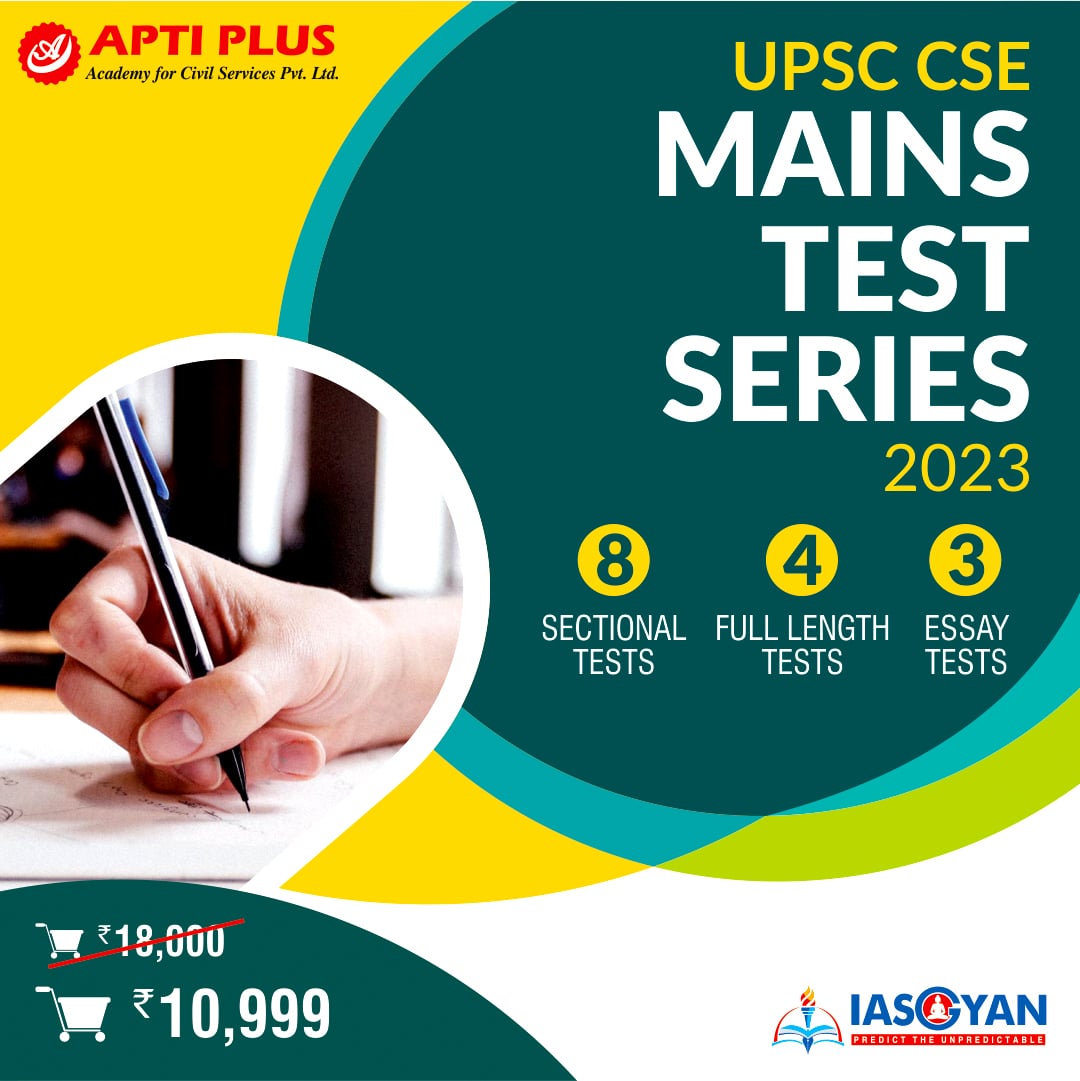
Copyright infringement not intended
Context: India has a long and tragic history of railway accidents, which have claimed thousands of lives over the decades. The recent collision of two passenger trains and a freight train in Odisha was one of the worst incidents since 1999 when a similar accident killed 285 people in West Bengal. The cause of the Odisha accident is still under investigation, but it has raised questions about the safety and modernisation of the Indian railway system.
Details
- Indian railways is one of the largest and most complex railway networks in the world, carrying over 23 million passengers and 3 million tonnes of freight every day. It is also a vital lifeline for the country's economy, social development and national integration.
- Trains are a vital mode of transport for millions of Indians, especially for work, family and leisure. However, they also face many challenges and risks, such as overcrowding, ageing infrastructure, human error, sabotage, natural disasters and lack of adequate technology.
Railway accidents
- According to official data, the number of railway accidents has declined in recent years, from 139 in 2014-15 to 55 in 2019-20. However, derailments remain the main cause of accidents, accounting for more than half of the total cases.
- The government has allocated billions of dollars to upgrade and modernise the railway system, including electrification, anti-collision devices, high-speed trains and renewable energy sources. However, these projects are often delayed or incomplete due to bureaucratic hurdles, corruption, land acquisition issues and environmental concerns.
- The Odisha accident has once again highlighted the need for urgent reforms and improvements in the Indian railway system.
Indian railways face many challenges such as ageing infrastructure, low speed, poor safety, inadequate capacity, environmental impact and financial sustainability. To address these challenges and transform Indian railways into a world-class transport system, the government has initiated several measures for the modernisation and upgradation of the railway network. Some of these measures are:
Dedicated Freight Corridors (DFCs)
- These are high-speed and high-capacity railway corridors exclusively for freight movement, which will reduce congestion and improve the efficiency of the existing network. The government has planned to construct two DFCs: the Eastern DFC from Ludhiana to Dankuni and the Western DFC from Dadri to Jawaharlal Nehru Port Trust.
High-Speed Rail (HSR)
- This is a project to introduce bullet trains in India, which will run at speeds of over 300 kmph and reduce travel time between major cities. The first HSR corridor is being developed between Mumbai and Ahmedabad, with assistance from Japan.
Station Redevelopment
- This is a scheme to redevelop railway stations into modern, world-class facilities with amenities such as shopping malls, hotels, restaurants, parking lots, etc. The government has identified 400 stations for redevelopment under the public-private partnership (PPP) mode.
Trainsets
- These are self-propelled trains with faster acceleration and deceleration, which will improve the punctuality and comfort of passengers. The government has introduced the first indigenous trainset named Vande Bharat Express, which runs between Delhi and Varanasi at a speed of 160 kmph. The government plans to manufacture more trainsets in India and replace conventional trains on various routes.
Digitalisation
- This is an initiative to leverage information technology and data analytics to improve operational efficiency, passenger convenience and safety of railways. The government has launched several digital platforms such as the IRCTC website and app for online ticket booking and catering services, the UTS app for unreserved ticketing system, the Rail MADAD app for grievance redressal, the Rail SAARTHI app for integrated services, etc.
- The government has also installed CCTV cameras, Wi-Fi hotspots, GPS devices and RFID tags on various trains and stations.

The above measures are some of the steps taken by the government to modernise Indian railways and make them more competitive, efficient and customer-friendly. However, there is still a long way to go before Indian railways can achieve their full potential and meet the growing demand of the people. Some of the challenges that need to be overcome are:
Funding
- The modernisation of railways requires huge investment, which cannot be met by the government alone. The government needs to explore alternative sources of funding such as PPP mode, monetisation of assets, foreign direct investment (FDI), multilateral loans, etc.
Land Acquisition
- The acquisition of land for railway projects is often a tedious and time-consuming process, which delays the implementation and increases the cost. The government needs to streamline the land acquisition process and ensure fair compensation and rehabilitation of affected people.
Coordination
- The modernisation of railways involves multiple stakeholders such as central and state governments, railway boards, zonal railways, the private sector, civil society, etc. The government needs to ensure effective coordination and communication among these stakeholders and resolve any conflicts or disputes that may arise.
Innovation
- The modernisation of railways requires constant innovation and the adoption of new technologies and best practices from around the world. The government needs to foster a culture of innovation and research in railways and encourage collaboration with academia, industry and international partners.
Some of the major steps taken by the government to modernise the Indian Railways are:
Increasing capital expenditure
- The annual average capital expenditure of the Railways has doubled from Rs 45,974 crore in 2009-14 to Rs 99,512 crore in 2014-19. In the budget estimate for 2021-22, the capital expenditure has been further increased to Rs 2.15 lakh crore, which is the highest-ever allocation for the Railways.
Introducing technology
- The Railways has embraced various technologies to improve its infrastructure, services, systems, signalling and rolling stock. For instance, the Railways has introduced Vande Bharat Express, a semi-high-speed train with modern passenger amenities; indigenously developed 12,000 HP electric locomotive for freight movement; real-time information system for tracking trains; a train collision avoidance system for minimising accidents; and 3D printing for designing and manufacturing coach components.
Partnering with stakeholders
- The Railways has adopted a public-private partnership (PPP) model to leverage private sector expertise and investment for developing infrastructure and enhancing services. For example, the Railways has bid out 150 passenger trains to private operators for improving service quality and efficiency; redeveloped 50 railway stations through land monetisation and user charges; and invited private participation for setting up solar power plants on vacant railway land.
Prioritising projects
- The Railways has focused on completing critical projects that have high economic and social benefits. For instance, the Railways have expedited the commissioning of new lines, doubling and gauge conversion projects by over 70% from 1,520 km/year in 2009-14 to 2,625 km/year in 2014-20; increased the pace of railway electrification by over 4.5 times from 608 km/year in 2009-14 to 2,737 km/year in 2014-20; and targeted 100% electrification of broad gauge by December 2023.
Innovating financing
- The Railways has explored new sources of funding for its infrastructure projects such as extra-budgetary resources, institutional financing, multilateral loans and bonds. For example, the Railways has raised Rs 1.5 lakh crore from the Life Insurance Corporation of India for funding its capital expenditure; secured loans from Asian Development Bank and Japan International Cooperation Agency for various projects; and issued green bonds for financing renewable energy projects.
Outcome-oriented action
- The Railways has taken several measures to improve its operational efficiency and customer satisfaction by way of increasing speed, safety, punctuality and comfort. For example, the speed of freight trains has doubled in 2020-21 to 46 kmph from 23 kmph in earlier years; all unmanned level crossings on broad gauge have been eliminated in Jan 2019; 657 km of eastern and western dedicated freight corridors have been commissioned in 2020-21; annual production of safer LHB coaches has increased by more than 10 times from 555 in 2014-15 to 6,277 in 2019-20; and Wi-Fi has been provided in 5,965 stations.
These steps taken by the government have resulted in significant improvements in the performance and potential of the Indian Railways. The Railways has achieved record freight loading of 1,232 million tonnes in 2020-21 despite the Covid-19 pandemic; increased its share in total freight traffic from 27% in 2016-17 to 36% in 2020-21; reduced its operating ratio from 98.4% in 2017-18 to 96.5% in 2019-20; and enhanced its passenger amenities such as e-ticketing, e-catering, e-bedroll and e-wheelchair.

Conclusion
- The modernisation of Indian railways is not only a matter of infrastructure development but also a matter of national pride and aspiration. It is a vision to create a railway system that can serve the needs of the present and future generations, and contribute to the socio-economic development and environmental sustainability of the country. It is a mission that requires the collective effort and commitment of all stakeholders, especially the railway employees and passengers, who are the backbone and lifeline of Indian railways.
Must Read Articles:
CAG’s 2022 report on "Derailments in Indian Railways”: https://www.iasgyan.in/daily-current-affairs/cags-2022-report-on-derailments-in-indian-railways
https://www.theguardian.com/world/2023/jun/03/modi-has-spent-billions-modernising-indias-trains-but-safety-is-biggest-need













